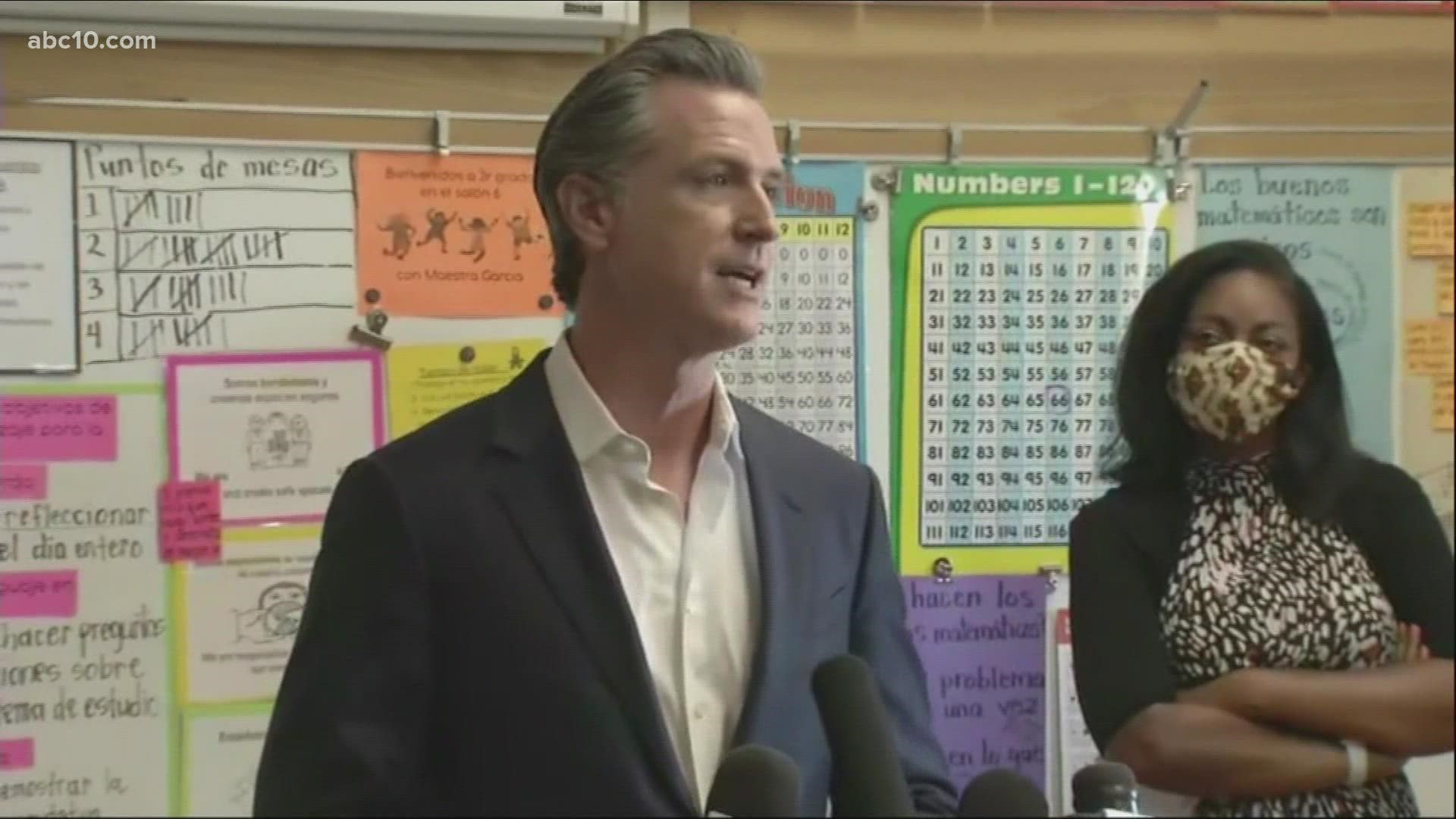SACRAMENTO, Calif. — For weeks leading up to Election Day, Gov. Gavin Newsom and Democratic leaders begged Californians to “just say no” to the recall. Rather than pore over the 46 names on the ballot to pick a promising — or for Newsom supporters, at least tolerable — back-up candidate in case the recall succeeded, the “no” campaign urged voters to skip the second question entirely.
Californians took Newsom’s advice — by the millions.
Of the nearly 9.6 million ballots counted so far, 4.25 million, or 44.4%, did not include a choice for the replacement candidate. That’s compared to the 2.5 million votes, or 26%, that went for the flesh-and-blood frontrunner Larry Elder. If “nobody” were a candidate, he or she would be crushing the competition.
Ballots are still being tallied, but at last count the recall attempt against Newsom is going down in flames by a historic 28 percentage points. The secretary of state’s office reported Thursday that about 2.9 million remain to be counted. That would make the overall voter turnout about 55%, compared to 64% for the regular gubernatorial election in 2018.
Newsom and his political brain trust were criticized, even by some Democrats, for refusing to engage with the ballot’s second question. The logic of the strategy: Don’t even humor the idea that another candidate would be acceptable, lest it convinces some voters on the fence that a “yes” vote wouldn’t result in sheer disaster. As some commentators noted at the time, it was a risky and potentially undemocratic tactic.
But it’s one that seems to have paid off handsomely.
The two-question structure of California’s recall ballot was the subject of endless confusion among voters. Now it’s providing new ways to be perplexed by — or perhaps to purposefully misinterpret — the election results.
Elder has already touted his 47% showing among voters who picked a replacement candidate as evidence of his strength as a possible 2022 candidate and to suggest that polls understated his popularity. In a tweet today, he juxtaposed the reported election night results to an Emerson College poll that put the candidate at a mere 23%.
In fact, the number Elder highlighted was his share of the vote only among ballots marked with a replacement candidate. Missing from his calculation: The 4 million-plus ballots without a selected candidate at all.
A historical note: In the successful 2003 recall of Democratic Gov. Gray Davis, only about 756,000 of 9 million voters, or 8%, left question two blank.
And in case it wasn’t obvious that it was mostly Democrats who left question two blank, there is an indisputable correlation in counties with the largest share of Democratic voters.

